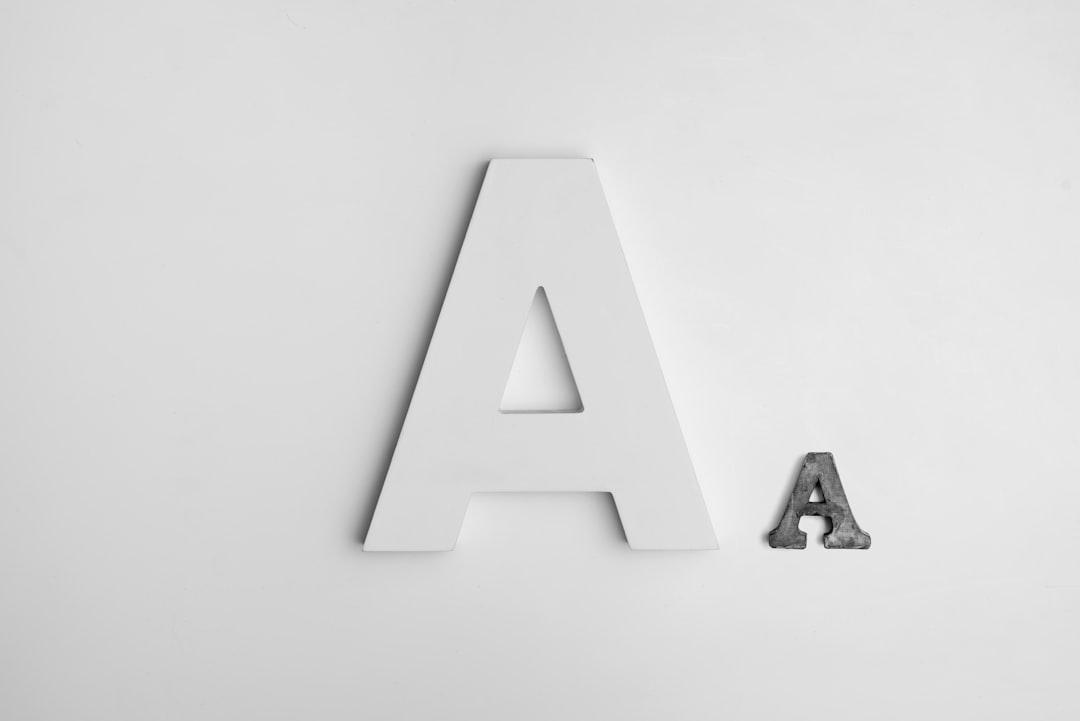Logos are the visual signatures of a brand—concise, memorable symbols that convey identity, values, and aspirations at a glance. Among the many facets of logo design, logo iconography—the use of symbols, letters, or hybrids—plays a crucial role in shaping how the world perceives a brand. Whether it’s the simplicity of Apple’s bitten fruit or the typography of iconic brands like Google, understanding logo iconography can provide valuable insights into what makes a logo not only identifiable but timeless.
TLDR
Logo iconography refers to the creative design elements used to represent a brand—primarily symbols, letters, or a mix of both. Symbolic logos rely on imagery; lettermarks focus on text-based identity; and hybrid marks blend visuals with type. Each has unique strengths and use cases based on branding goals, target audience, and scalability needs. A well-designed logo type enhances brand recall and communicates values clearly and instantly.
What Is Logo Iconography?
Logo iconography is the visual language a brand uses through its logo, relying on shapes, letters, or both to communicate its identity. It is one of the most vital design decisions a brand can make. Logos serve as emotional and mental anchors—small graphic units that hold tremendous meaning.
There are three major forms of logo iconography:
- Symbol-based logos (Pictorial or Abstract marks)
- Letter-based logos (Wordmarks and Monograms)
- Hybrid logos (Combination marks)
Each type of logo offers distinct advantages and suits different branding purposes. Let’s dive into each category to understand how and when to use them effectively.
Symbol-Based Logos
Symbol-based or pictorial logos use images or icons to represent a brand. These marks can be literal (like a bird for Twitter) or abstract (like Nike’s swoosh). When designed well, symbols convey messages instantly without words, breaking language barriers and aiding global recognition.
Some of the world’s most well-known brands rely only on graphic symbols for their identity. Imagine the Apple logo, the McDonald’s “Golden Arches,” or the Twitter bird—these marks transcend text. They work especially well for global companies or when quick visual recognition is key.
Advantages of symbol-based logos:
- Great for global recognition
- Instant visual impact
- Use in small spaces (favicons, app icons)
However, creating a symbol that effectively conveys a message without any accompanying text is no small feat. It often requires time for the audience to build an association between the symbol and the brand name.
Letter-Based Logos
Letter-based logos emphasize typography rather than imagery. These include:
- Wordmarks: Entire brand names designed as logos (e.g., Google, Coca-Cola)
- Lettermarks: Initials or abbreviations as the main design (e.g., IBM, CNN)
Wordmarks focus on customization of the text itself—choosing the right font style, spacing, and ligatures to stand out. For brands with unique or short names, a custom wordmark can be elegant and highly memorable.
Lettermarks are perfect for companies with long, complex names. Rather than squeezing a long name into a tiny space, a lettermark simplifies the design while still enabling strong brand association.
Advantages of letter-based logos:
- Strong focus on brand name or initials
- Simple and clean aesthetics
- Easy to replicate across formats
However, letter-based logos generally don’t convey much about a brand’s personality visually, so they rely heavily on great typography and consistent exposure to build recognition.

Hybrid Logos: The Best of Both Worlds
Hybrid logos—also called combination marks—integrate both text and imagery in a single design. This approach offers the benefits of both typographic clarity and symbolic recognition. Think of brands like Burger King, Adidas, or Lacoste. These logos often pair an icon with stylized text, creating a visually rich identity.
Combination logos are versatile and evolve well as a brand grows. Initially, they may be used as a full text-and-symbol logo to build brand awareness. Later, the brand may drop the text after recognition is established, like Starbucks eventually did.
Advantages of hybrid logos:
- Inclusive of both name and visual representation
- Allows for flexible branding (icon-only or text-only variants)
- Great for brand storytelling
Nevertheless, a hybrid mark can be more complex and difficult to scale into small sizes without losing legibility or visual balance.
How to Choose the Right Logo Type
Choosing the right kind of logo depends on several factors, including brand identity, audience, scalability, and marketing strategy. Below are some guiding principles:
- New brands may benefit from hybrid logos to establish their name and imagery together.
- Established brands can simplify by using clean-symbol logos or lettermarks.
- Tech startups often opt for abstract symbols for innovation appeal.
- Luxury brands tend to use elegant wordmarks or monograms to convey sophistication.
You should also consider where and how the logo will be used: online platforms, physical packaging, signage, or merchandise. Some designs perform better in small digital environments, while others shine in print or large-scale formats.
Designing With Meaning and Consistency
No matter the style, a strong logo uses graphic elements with purpose. Color psychology, font styles, negative space, and symmetry all play significant roles in enhancing perception. A symbol might evoke trust, innovation, or speed; a font might communicate tradition or modernity.
Additionally, consistency across platforms reinforces brand identity. Whether your logo is printed on a billboard or appears in a website favicon, it should be instantly recognizable. This is why simplicity is key—a simple, meaningful design is more likely to be memorable and versatile.

Real-World Examples
Let’s explore a few real-world examples across the types of logo iconography:
- Symbol-based: The Nike “Swoosh” represents speed and motion and is now one of the most recognizable images worldwide.
- Wordmark: Coca-Cola’s flowing script and color evoke nostalgia and joy while keeping the brand front-and-center.
- Lettermark: HBO abbreviates its longer name to three bold letters, creating a strong digital and TV-friendly presence.
- Hybrid: Lacoste combines an elegant serif font with its iconic crocodile, making it suitable for both logos and clothing embroidery.
Final Thoughts
The choice of logo iconography speaks louder than words. Whether it’s a symbol swirling with emotion, a typographic monogram steeped in professionalism, or a hybrid that bridges both worlds, your logo is the entrance to your brand.
Invest in quality design. Choose a logo format that suits your goals. Most importantly, create something that stays true to your brand essence and stands the test of time. After all, your logo isn’t just a design—it’s your brand’s first impression, lasting memory, and biggest ambassador.





